Table of Contents
Thinking about getting some new ink? Maybe something more than just a picture? If lines, patterns, and intricate details catch your eye, you might be drawn to ornamental tattoo designs. These aren't your grandpa's sailor tattoos; they're often complex, symmetrical pieces that wrap around the body, mimicking jewelry or decorative art. They can feel both ancient and modern, rooted in history but interpreted in countless fresh ways today.
What Exactly Are Ornamental Tattoo Designs?
What Exactly Are Ornamental Tattoo Designs?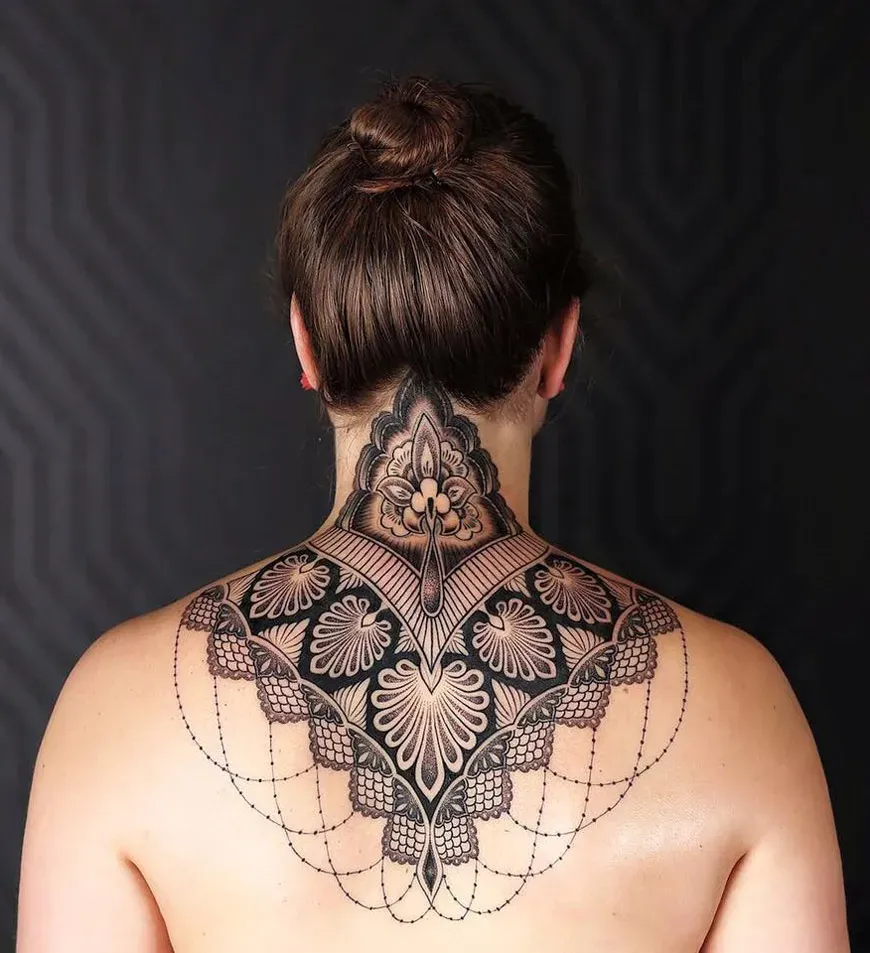
More Than Just Pretty Patterns
So, you've seen these tattoos that look like they could be carved into stone or woven into fabric, right? That's often what people mean when they talk about ornamental tattoo designs. Think less picture, more decoration. These pieces aren't usually trying to depict something specific like a portrait or a dragon. Instead, they focus on aesthetic appeal through repeated patterns, symmetry, and intricate details. They're designed to flow with the body's natural shape, enhancing muscles or curves, almost like permanent jewelry or armor.
The Building Blocks of Ornamental Ink
Defining ornamental tattoo designs boils down to their core elements. They rely heavily on geometry – circles, lines, dots, and shapes arranged in precise ways. Symmetry is a big deal; often, one side of the design mirrors the other perfectly. The artwork frequently uses black ink, sometimes with subtle shading or dotwork (pointillism) to create texture and depth. You'll see influences from ancient art, tribal patterns (though distinct from traditional tribal styles), and even modern graphic design. It's about creating something visually striking and harmonious on the skin.
- Geometric shapes (circles, triangles, lines)
- Strong emphasis on symmetry
- Intricate patterns and repetition
- Often primarily black ink
- Can include dotwork or fine line shading
- Designed to complement the body's form
Tracing the Roots: The History Behind Ornamental Tattoos
Tracing the Roots: The History Behind Ornamental Tattoos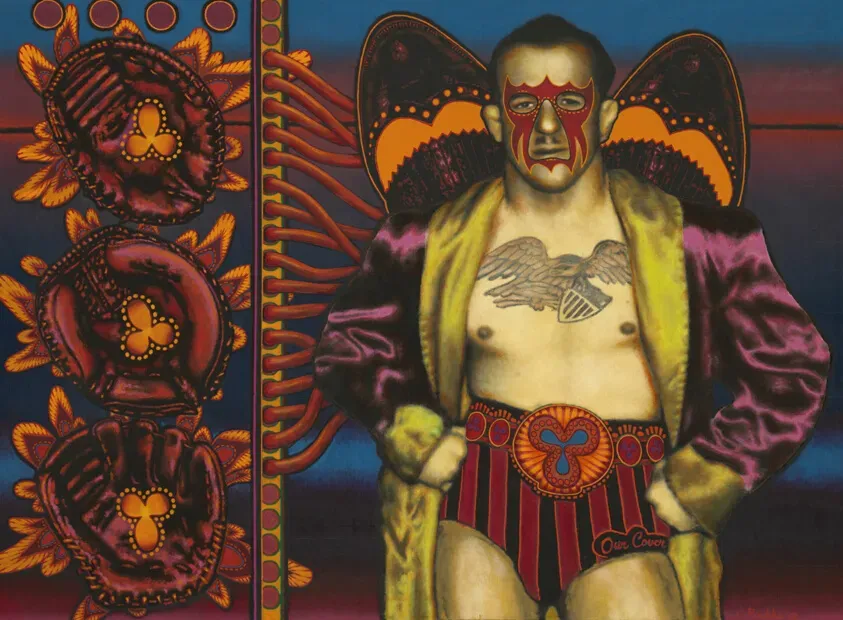
Ancient Echoes in Modern Ink
Thinking about where ornamental tattoo designs came from is like digging through layers of history. You might see a geometric sleeve today and think it's super modern, but the idea of decorating the body with patterns isn't new at all. Humans have been doing it for millennia. Look at ancient Egyptian art, Roman architecture with its intricate scrollwork, or even early pottery designs – they all used repeating patterns and symmetry to create beauty. While not always on skin, the *concept* of using design purely for adornment, rather than telling a story or depicting a specific image, has deep roots.
Global Threads of Adornment
It wasn't just one place that decided patterns looked good on stuff. Across the globe, different cultures independently developed ways to use lines, dots, and shapes for decoration, including on the body. Think of the detailed henna patterns in South Asia and the Middle East, used for celebrations and beauty. Consider the traditional patterns found in various tribal art forms around the world, though it's crucial to note modern ornamental is distinct from specific cultural tribal tattoos. The common thread? A focus on rhythm, repetition, and often, symmetry, applied to enhance or transform the surface – be it fabric, wood, or skin.
What's the difference between a traditional tribal tattoo and a modern ornamental piece? It's a fair question. While both use patterns, traditional tribal work is usually tied to specific cultural identity, lineage, or rites of passage. Ornamental tattoo designs, as we discuss them now, often borrow *elements* of pattern and geometry but are typically created purely for aesthetic purposes, without the same deep cultural or spiritual significance tied to a particular heritage.
- Henna traditions (India, Middle East, Africa)
- Maori Moko (New Zealand - cultural significance is key)
- Samoan Pe'a (Samoa - also deeply cultural)
- Celtic knotwork (Europe)
- Geometric patterns in ancient architecture (Rome, Egypt)
From Ancient Symbols to Contemporary Style
Fast forward a bit, and while tattooing saw periods of decline or stigmatization in some parts of the world, the underlying human desire for body adornment never vanished. In the modern tattoo renaissance, artists started looking back at these historical and global decorative styles. They began adapting them, mixing geometric precision with fine line work and dotwork to create what we now recognize as contemporary ornamental tattoo designs. It’s a style that keeps evolving, blending old principles with new techniques, proving that some ideas about beauty are truly timeless.
"Ornamental work allows me to play with flow and form in a way that realistic tattoos don't," one artist told me. "It's like building something beautiful directly onto the body's architecture."
Exploring Popular Styles of Ornamental Tattoo Designs
Exploring Popular Styles of Ornamental Tattoo Designs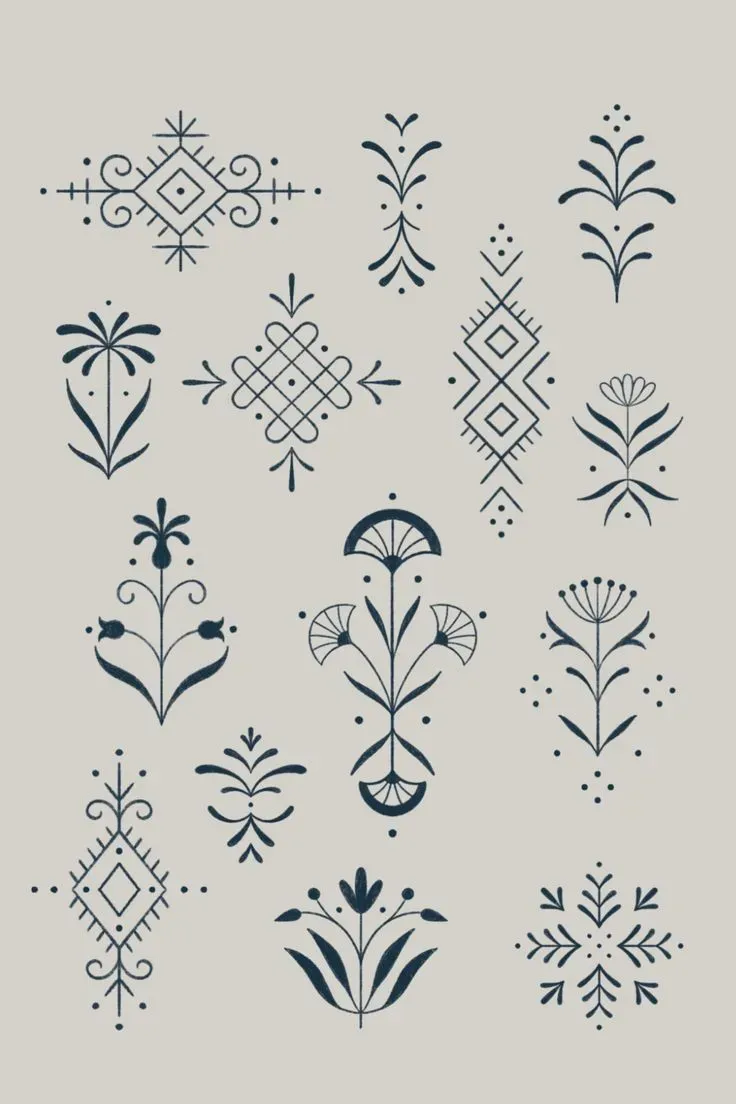
Diving Into the Lookbook
Alright, so you know ornamental tattoos are about patterns and flow, but it's not just one thing. Think of it like music – there are genres. Within the world of ornamental tattoo designs, you've got distinct styles, each with its own vibe. Some are all hard lines and sharp angles, others are soft dots and gentle curves. It really depends on the artist's approach and what kind of visual rhythm you want on your body. It's about finding the specific flavor of decorative ink that speaks to you.
One major player is the purely geometric style. This is where artists use shapes like triangles, squares, and circles, along with straight lines, to build up complex patterns. It often involves precise stenciling and steady hands. These can look incredibly clean and architectural on the skin. Sometimes they create optical illusions or look like digital art translated into ink. It’s precise work, demanding an artist who sweats the small stuff. A shaky line in a geometric piece stands out like a sore thumb.
- Geometric Patterns (lines, shapes, angles)
- Mandala & Dotwork (radial symmetry, intricate dots)
- Blackwork & Fine Line (heavy fill, delicate details)
- Neo-Ornamental (blending with other styles)
Then you have the ever-popular mandala and dotwork styles. Mandalas, borrowed visually from spiritual symbols representing the universe, are all about radial symmetry – everything radiates from a central point. They are incredibly intricate and often done using dotwork, where the artist builds shading and form using countless tiny dots instead of solid lines or whips. This creates a softer, often more delicate look. It takes serious patience from both the artist and the client because dotwork sessions can be long and feel… well, pokey.
Blackwork ornamental is another significant category. While many ornamental pieces use black ink, blackwork in this context often refers to using large areas of solid black fill combined with negative space or intricate patterns carved out of the black. It makes a bold statement. On the flip side, you have fine line ornamental, which uses incredibly thin needles to create delicate, detailed patterns. These require an artist known for a light touch and precision, as blowouts are a real risk with fine lines.
"Getting a large blackwork piece was like wearing a permanent piece of armor," a friend with a stunning black sleeve told me. "It changed how I felt about my body, in a good way."
Choosing the Right Ornamental Tattoo Design For You
Choosing the Right Ornamental Tattoo Design For You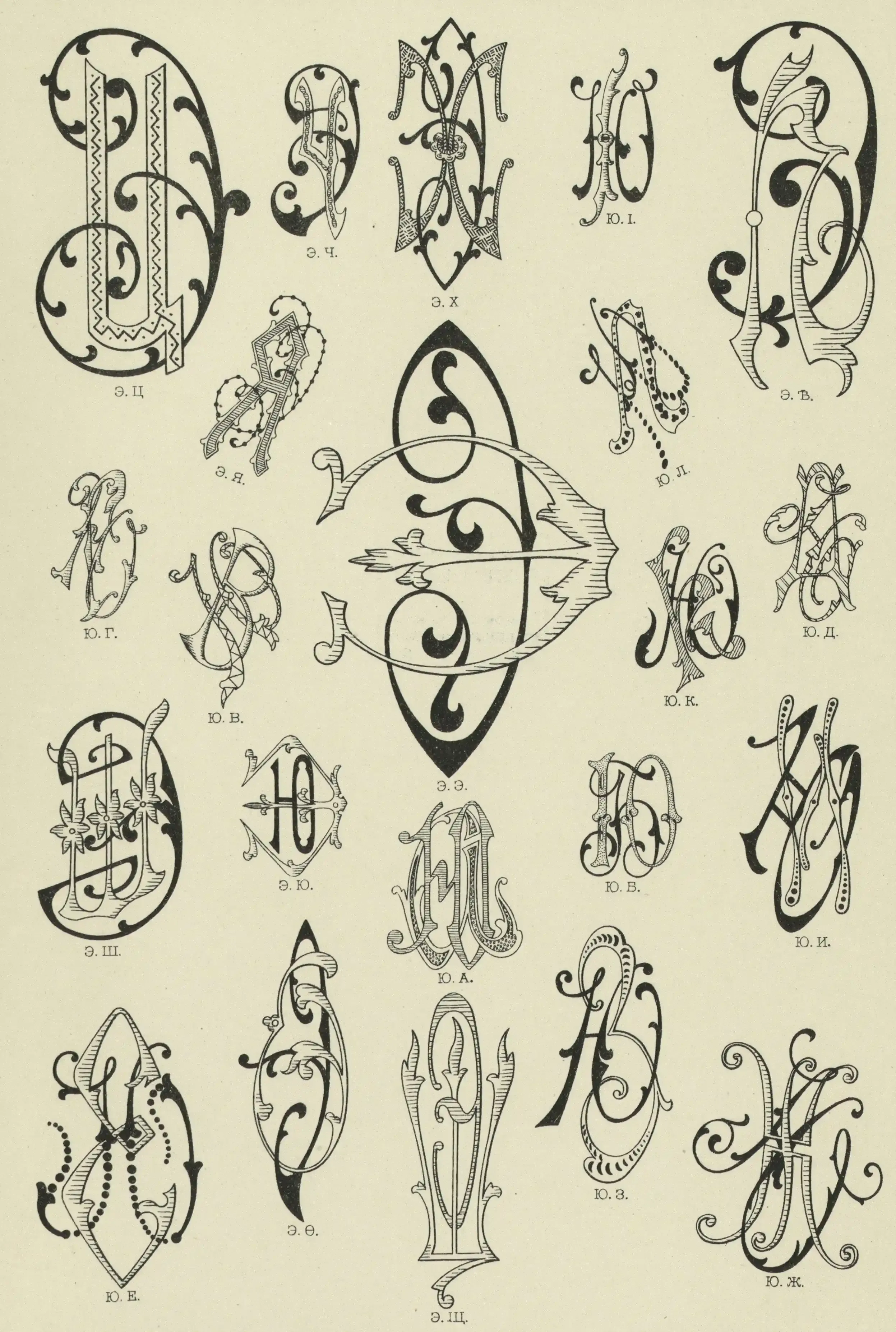
Picking Your Permanent Adornment
Alright, you're hooked on the idea of ornamental tattoo designs, but now comes the tricky part: actually picking one. This isn't like choosing a new shirt; it's going to be on you forever, so you want to get it right. Thinking about the sheer variety can feel overwhelming – geometric patterns, flowing mandalas, bold blackwork, delicate dotwork... where do you even start? It helps to consider what kind of aesthetic you connect with. Do you like clean, sharp lines or softer, organic shapes? Do you want something subtle or a piece that makes a strong visual statement? Also, think about where you want it on your body, as the design needs to fit and flow with that specific area. A large, symmetrical piece works wonders on a back or chest, while a smaller, intricate pattern might be perfect for a wrist or ankle.
Caring for Your Ornamental Tattoo Designs After Ink
Caring for Your Ornamental Tattoo Designs After Ink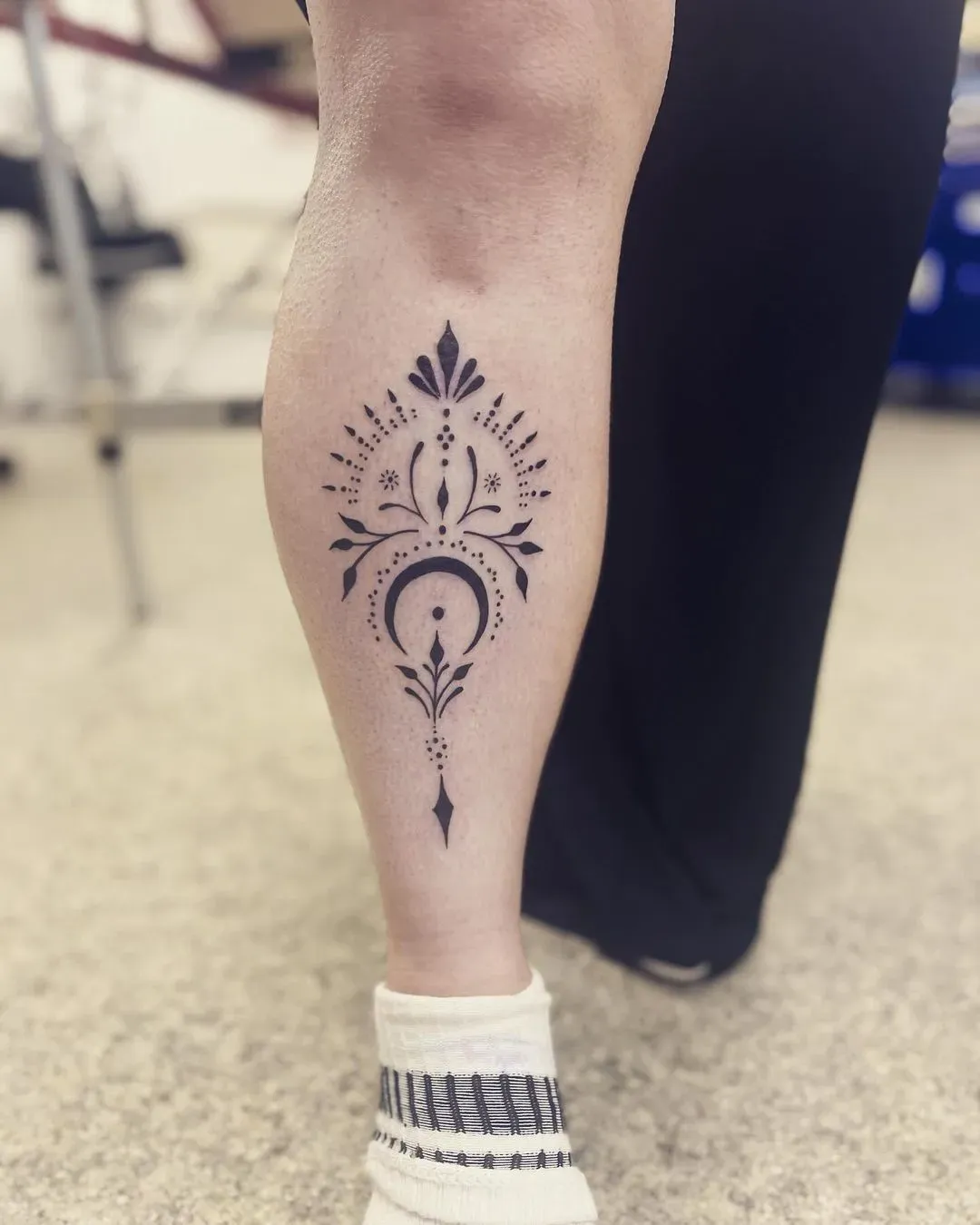
Immediate Aftercare: The First Few Days
you've sat through the needle work, and your artist has wrapped up your new ornamental tattoo designs. The hard part is over, right? Not quite. Now begins the crucial healing phase. Think of your new ink as an open wound (because, well, it is). Proper immediate aftercare is non-negotiable if you want those intricate lines and patterns to heal cleanly and look sharp for years to come. Your artist will give you specific instructions, and you need to follow them religiously. This usually involves keeping it wrapped for a few hours, then gently washing it with unscented, antibacterial soap and applying a thin layer of recommended ointment or lotion. Don't smother it; it needs to breathe. Change any bandages as instructed and avoid picking at scabs if they form – seriously, don't do it unless you want patchy ink.
Long-Term Care: Keeping Those Patterns Crisp
Healing the initial wound is one thing, but keeping your ornamental tattoo designs looking good over the years requires ongoing effort. Sun exposure is the absolute enemy of tattoos, especially those with fine lines and intricate detail. UV rays break down ink pigments, causing fading and blurring faster than you can say "oops." Once your tattoo is fully healed, make sunscreen your best friend, particularly on the tattooed area. A high SPF (30 or higher) applied regularly when exposed to the sun is essential. Keeping your skin generally healthy and moisturized also helps. Dry, neglected skin makes tattoos look dull. Think of it as protecting a piece of art – because that's exactly what it is on your skin.
What happens if you skip the sunscreen?
- Lines can blur.
- Black ink turns grey or greenish.
- Fine details disappear.
- The overall design looks faded and muddy.
More Than Just Skin Deep
So, we've peeled back the layers on ornamental tattoo designs, from their historical echoes in ancient patterns to the sharp lines and intricate dots you see today. It's clear these aren't just random shapes; they carry weight, whether it's personal meaning, cultural nods, or simply the sheer artistry of precise geometry on skin. Picking one is a commitment, obviously, demanding thought about placement, style, and finding an artist who actually knows their way around a fine line and a symmetrical curve. Get it right, and you've got a permanent piece of art that flows with your body, demanding a second look. Get it wrong... well, let's hope you paid attention to the earlier parts about choosing wisely.